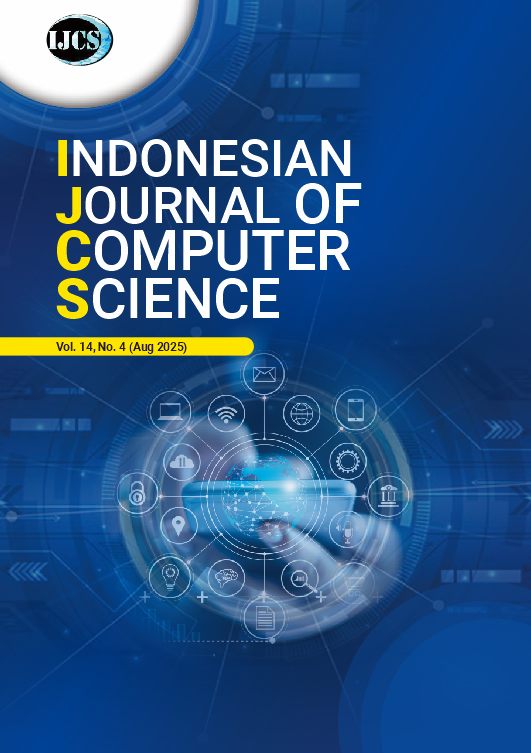An Enhanced Model of the Wireless Multicarrier Communication OFDM Systems Applied on the FPGA Platform Based on Steganography system
DOI:
https://doi.org/10.33022/ijcs.v14i4.4891Keywords:
OFDM, PAPR Reduction, IFFT/ FFT, PAPR, FPGA, SteganographyAbstract
OFDM is a promising technology due to its robustness against multipath fading. Multipath fading distorts a signal propagating in free space due to destructive or constructive interference. The evolution of 5G wireless networks has necessitated the integration of high-throughput, low-latency multi-band modulation schemes, such as orthogonal frequency division multiplexing (OFDM), into real-time hardware-optimized platforms. However, challenges related to spectral efficiency, security, and the maximum-to-average power ratio (PAPR) remain, especially when these schemes are implemented on field-programmable gate arrays (FPGAs). Steganography offers increased information security. Therefore, this paper proposes an improved OFDM model for 5G that incorporates advanced data hiding techniques using steganography to embed secure image data within ORFDM subcarriers. The proposed system is implemented on an FPGA platform, leveraging high-speed pipelines and parallelism to achieve real-time performance at a minimal resource cost. Simulation and synthesis results demonstrate significant improvements in reduced PAPR, BER, and device efficiency compared to conventional OFDM applications. The FPGA platform design takes up approximately 20% of the total available space, with very low energy consumption compared to other traditional implementation methods. The results also showed an improvement in the OFDM system's performance by reducing the BER by 30%, indicating the absence of data loss and the effectiveness of the steganography technique in these systems. This results in improved architecture performance in terms of area, power, and speed. Furthermore, the proposed approach has proven its worth in terms of security and permeability.
Downloads
Published
Issue
Section
License
Copyright (c) 2025 Y. Jaber, Ammar Fadhil

This work is licensed under a Creative Commons Attribution-ShareAlike 4.0 International License.





